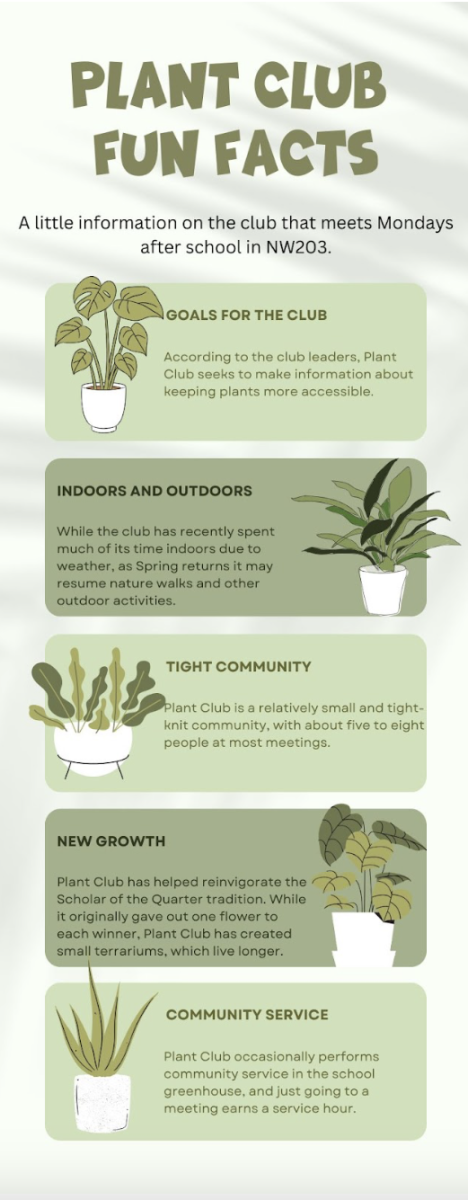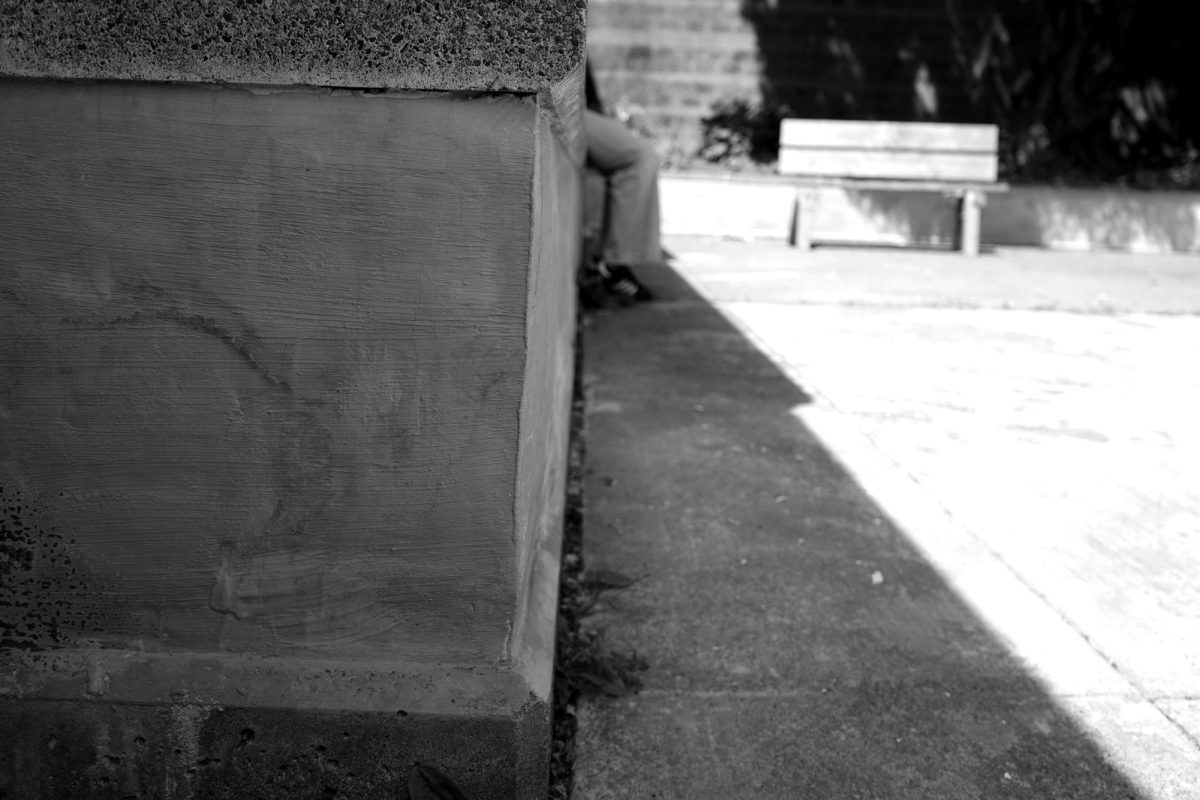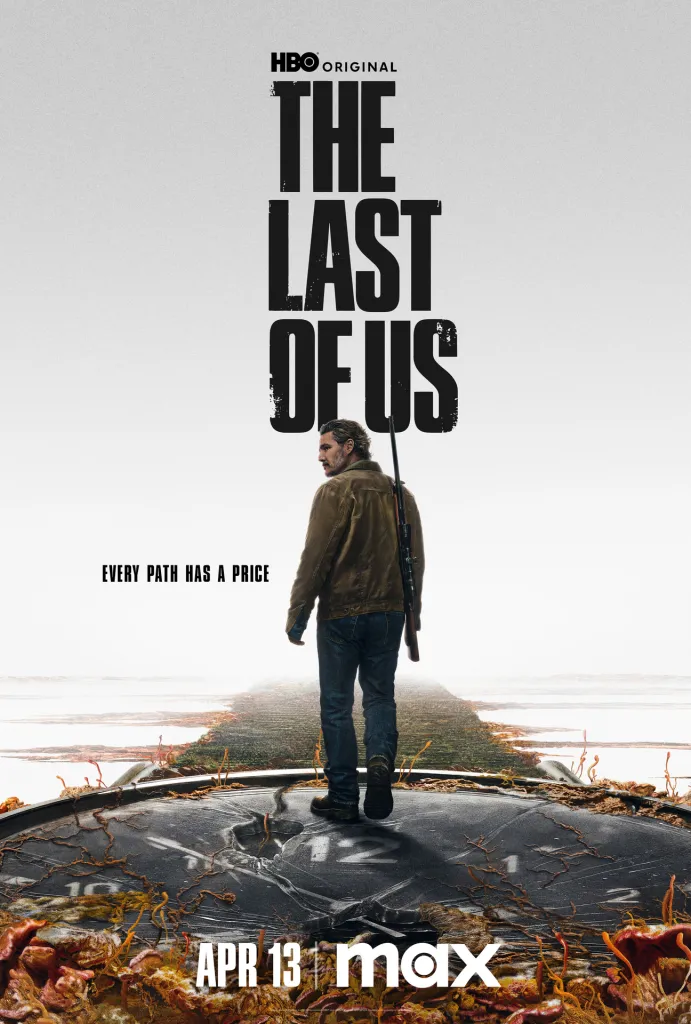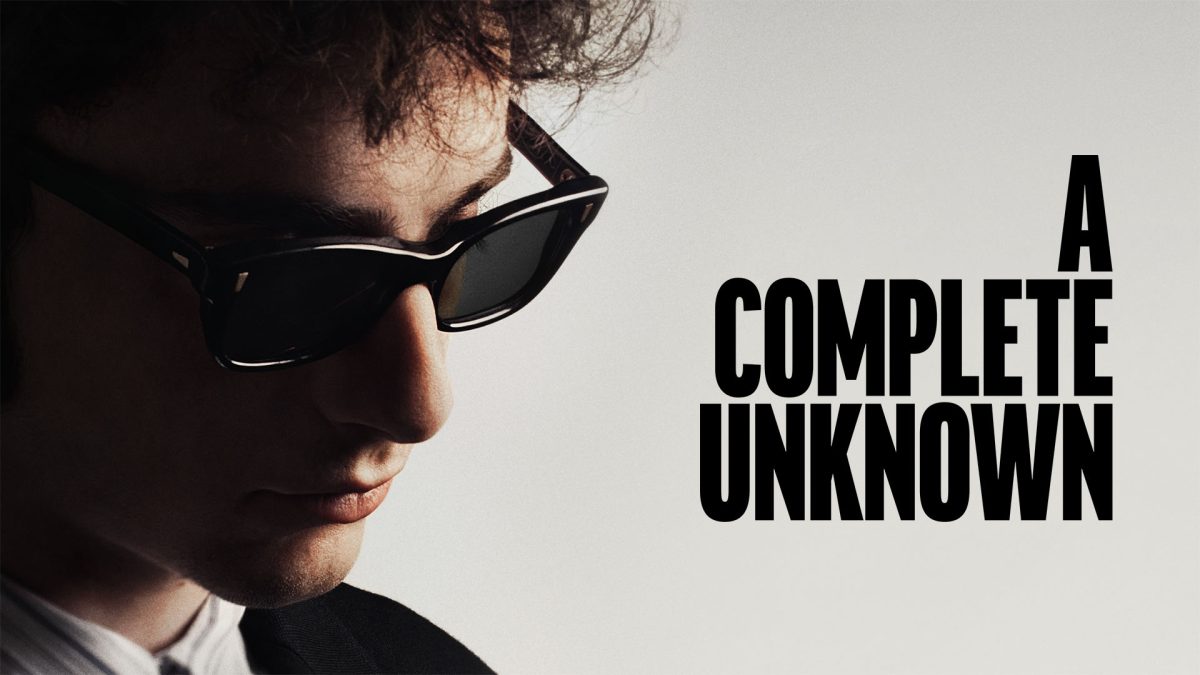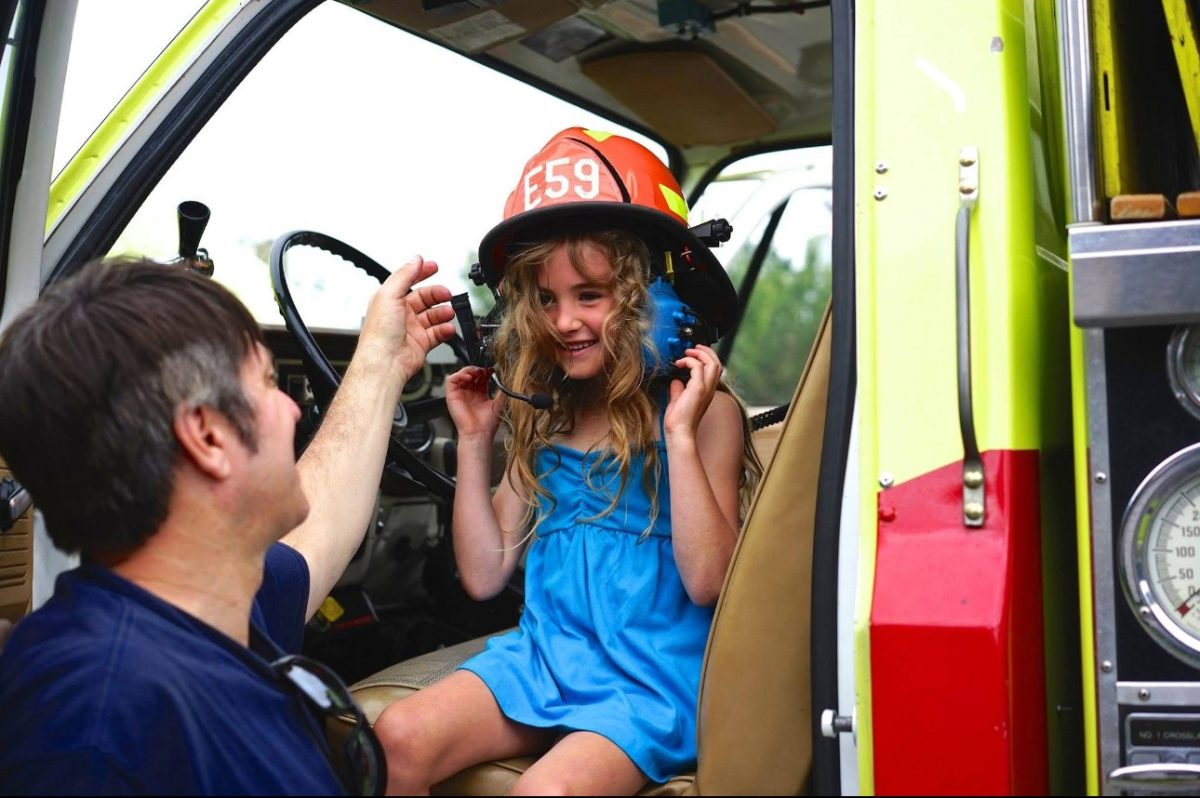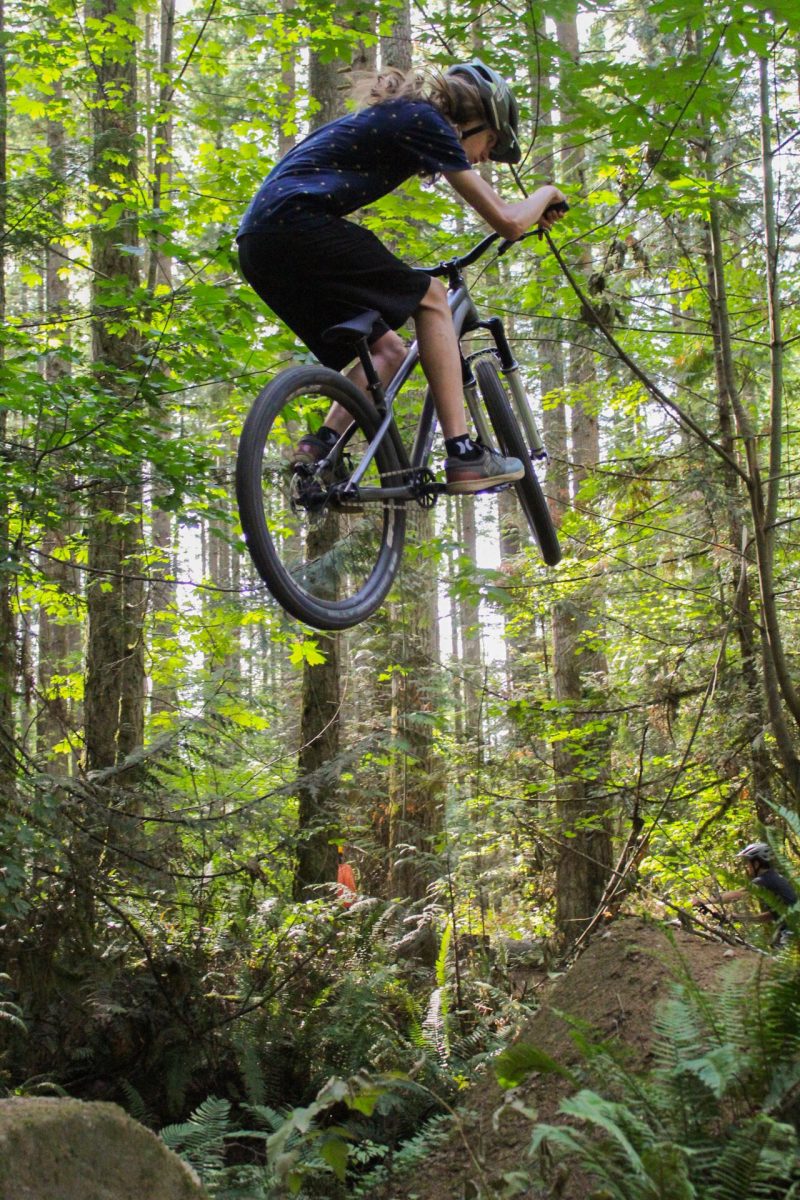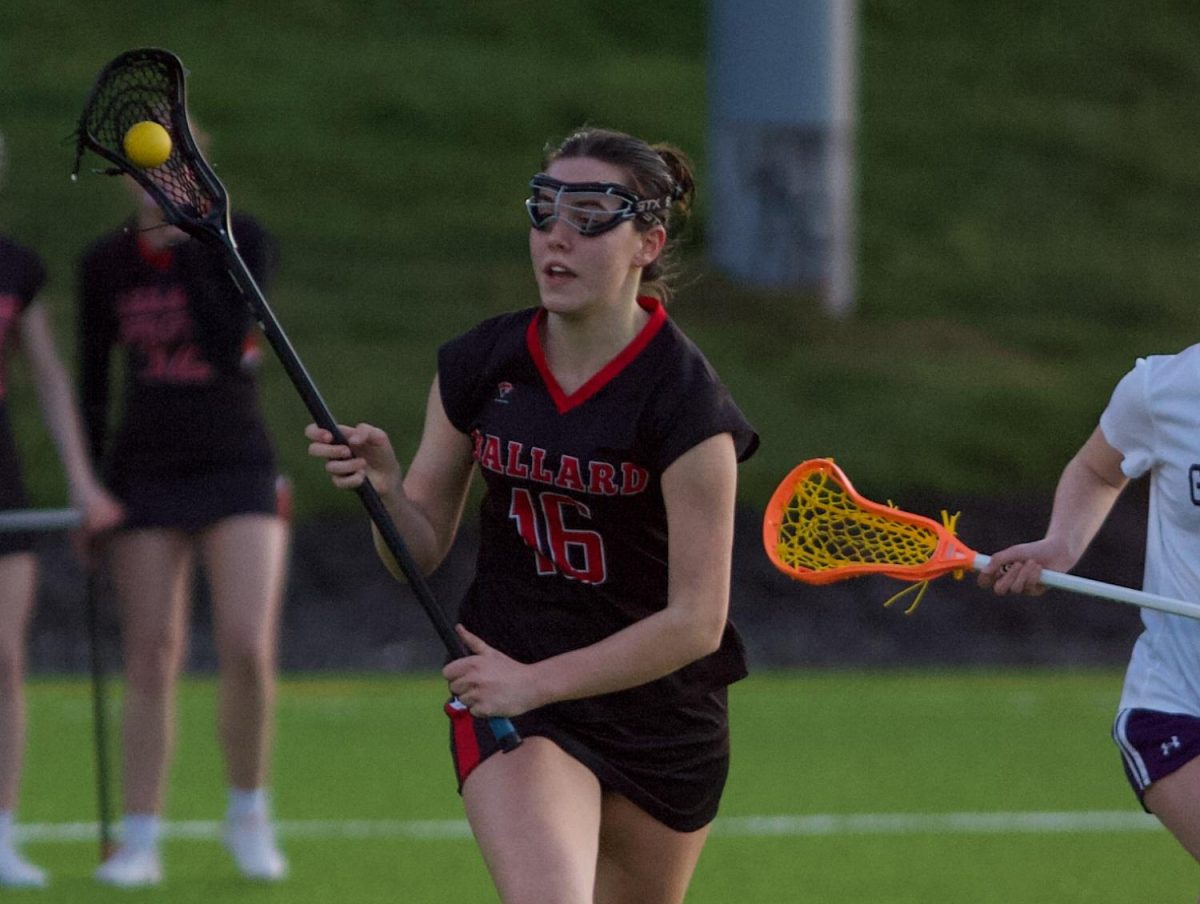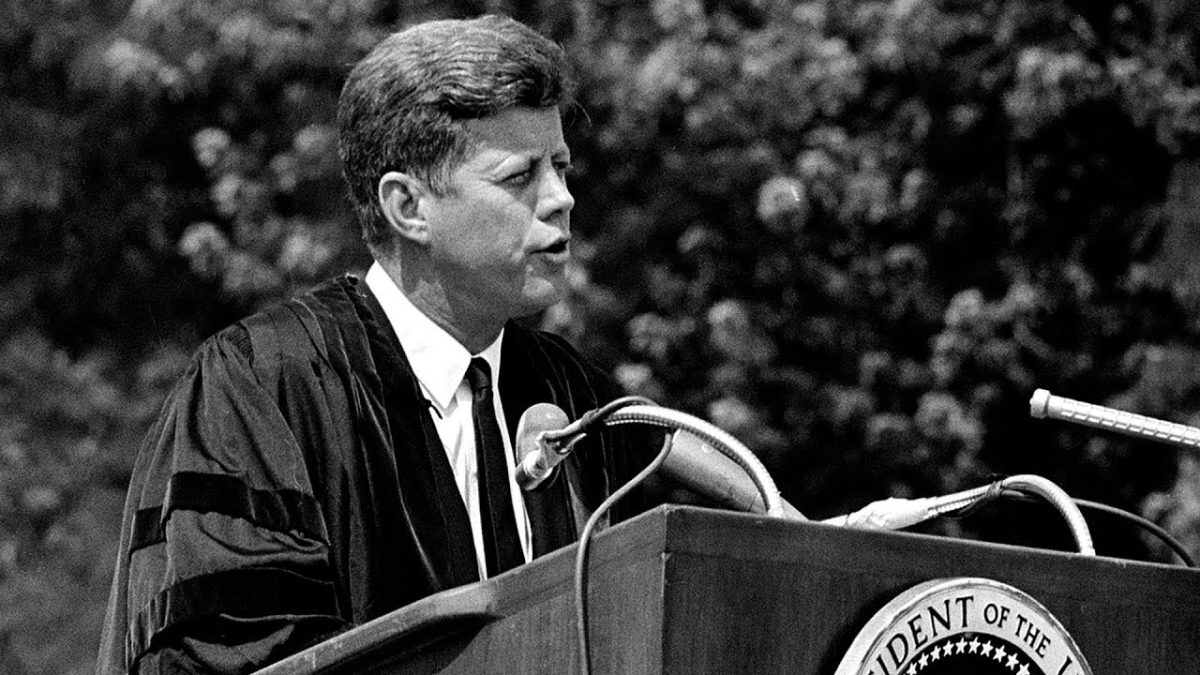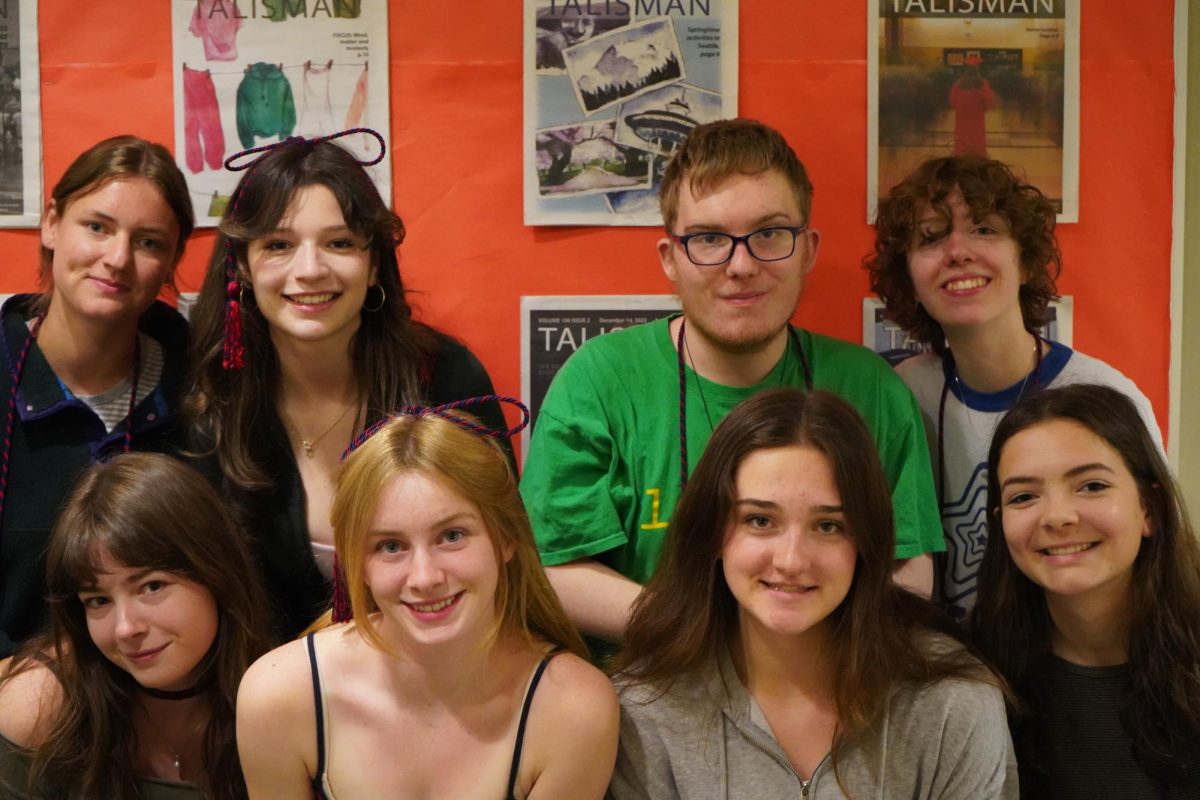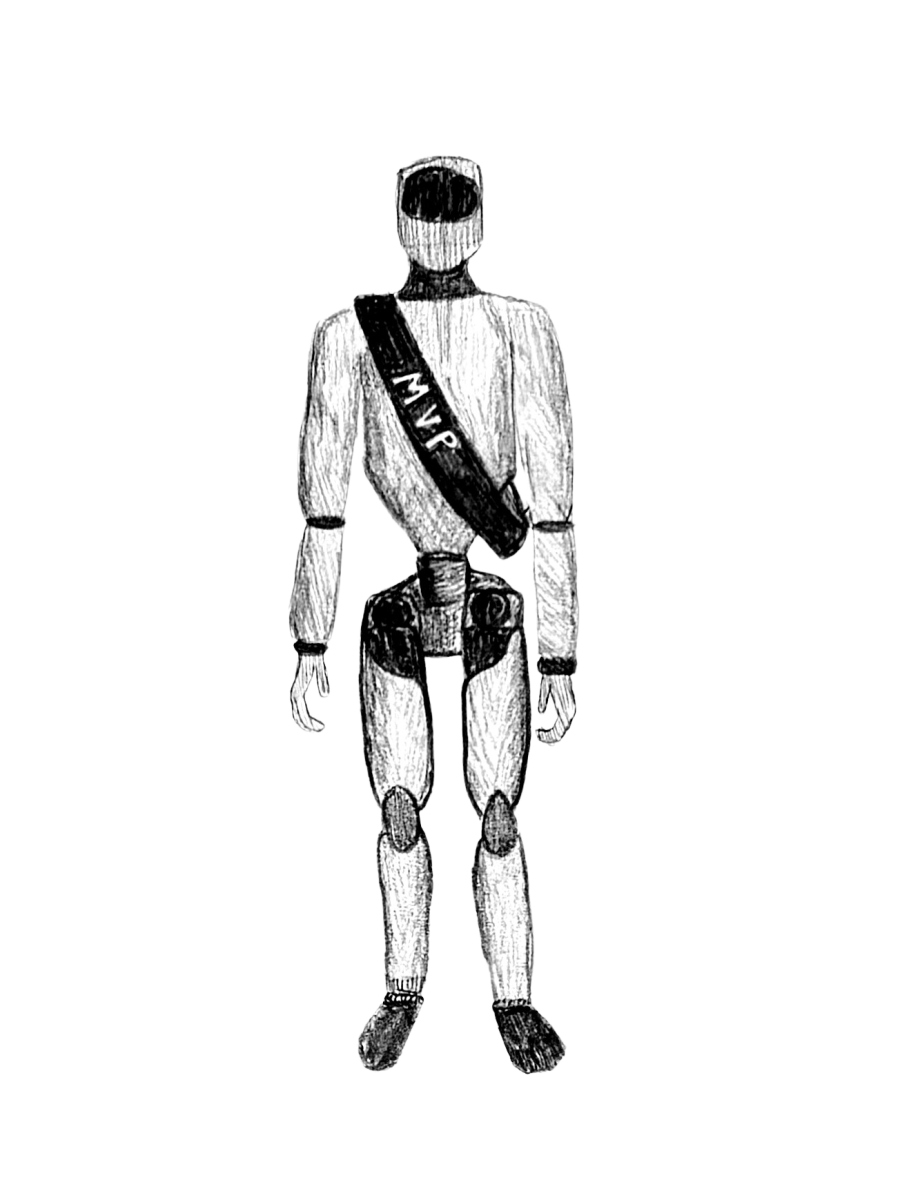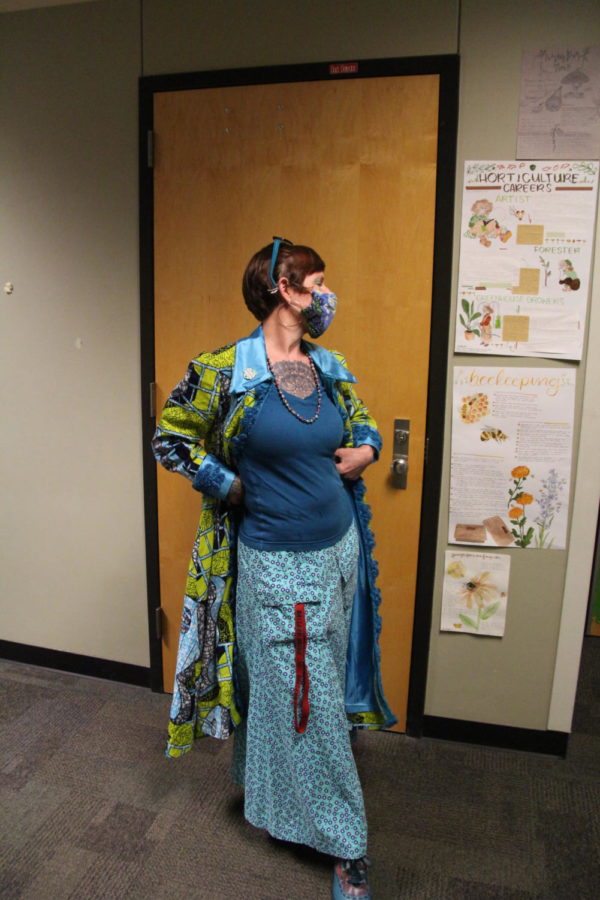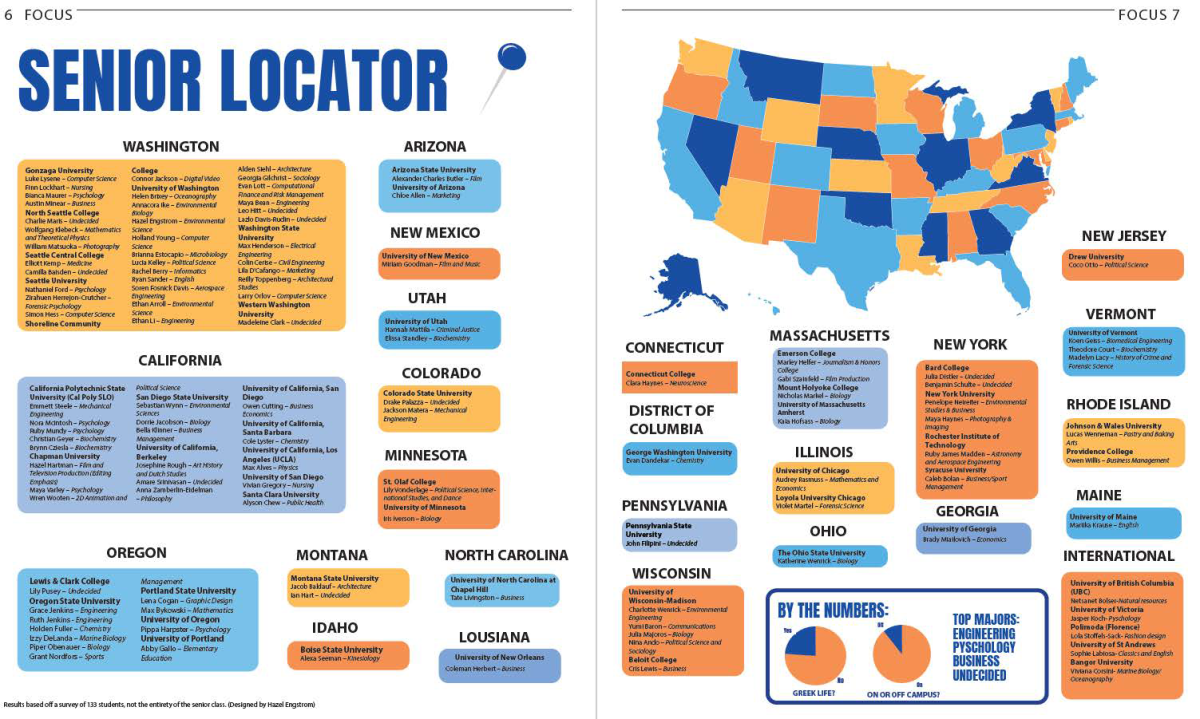Fashion in the classroom: botany teacher practices self expression through her unique wardrobe
Carlson will often buy trinkets to put on top of plain rings to spice them up. She does not like plain dainty jewlry, but rather prefers chunky jewelry. Her older sister will also send the jewelry she finds that is chunky or to be a statement piece to India Carlson.
May 11, 2022
India Carlson uses her knowledge of sewing and fashion to craft her distinct sense of style
The streets of Seattle often become monotonous in terms of the colors and styles seen on passing people, the flow of traffic is often a sea of grays and blacks. But for botany teacher India Carlson, picking an outfit in the morning is nothing short of an opportunity to express herself, whether it be her mood that day or a different facet of her bright personality. She is well known throughout the school for her bold and unique style.
Carlson has cultivated her distinct style over many years. She has done this in part by sewing the majority of her clothing herself.
“I first started sewing when I got pregnant and was living on Orcas Island. There were not many options for maternity clothes,” Carlson said. “I had a really old 1914 sewing machine, I thought, I could probably learn how to make myself some basic clothing. So I made myself a maternity wardrobe and I’ve been sewing ever since.”
From the beginning of her sewing journey, Carlson has emphasized making pieces that are uniquely her own, often creating garments that are outside the box of conventional fashion. This approach has remained consistent throughout her life.
“I grew up in a really small, rural place. I was always very interested in patterns and colors and I was not interested in dressing like anybody else,” Carlson said. “In high school, I didn’t care. Everybody thought I was weird anyway, so if everybody thinks you’re weird, you either try to not be weird, or you just decide that you are weird and that’s what’s cool about you.”
Carlson has allowed various aspects of her life to inspire her sense of style; drawing from various cultures across the world as well as the patterns and colors she knows fit her personally.
While the freedom and self expression of constructing her own garments is a main inspiration for Carlson, she is also well aware of the detrimental consequences fast fashion has on the environment. This has become a driving factor in her DIY approach to fashion.
“Most clothes are made out of cotton. Cotton farming and cotton production is actually one of the most environmentally terrible things that we do on this planet. People don’t realize that cotton production is really bad. And so fast fashion, environmentally, is a nightmare,” Carlson said.
Though Carlson’s desire to reduce her environmental footprint has been a driving factor in her sewing journey, when she was younger, her inclination to help the planet through clothing was largely dependent on second hand shopping. Through buying clothes second hand she was able to develop an appreciation for vintage clothing that has helped inspire her homemade fashion.
“They do little extra things that you don’t find in modern garments,” Carlson said. “If you’re making a dress that you’re going to sell for $20 at Target, you’re not going to put [the same] kind of time into it. Whereas vintage garments that are from the 60s and the 70s have little things in them that make them fit better.”
Not only does the process of sewing her own garments allow her to dress herself in a unique and environmentally friendly way, but she also finds the process of making the garments to be therapeutic.
“It’s a way for me to turn off from school. Sewing allows me to recharge. In this job it’s really important to take some downtime,” Carlson said. “When I’m sewing, I’m not thinking about anything, except what I’m doing, and it’s become a zen process of not thinking about school.”
Carlson’s passion for fashion has transcended her own life and she has incorporated the topic into her curriculum. The connection between science and clothing is impossible to overlook, and Carlson has used her botany and horticulture classes to bring that connection to the attention of her students.
Carlson has created a unit that covers the fashion industry as a whole as well as dye making and traditional clothing.
“I don’t really see the point of learning about science if you can’t understand why it connects to your own life, ” Carlson said. “Everybody wears clothes. I’m able to talk to students about how their clothes were made and the impact.”
Carlson’s wardrobe and overall interest in fashion has been a conscientious benefit in her life, from giving her a hobby that allows her to disconnect to creating a visual treat that connects her to the students she teaches.


